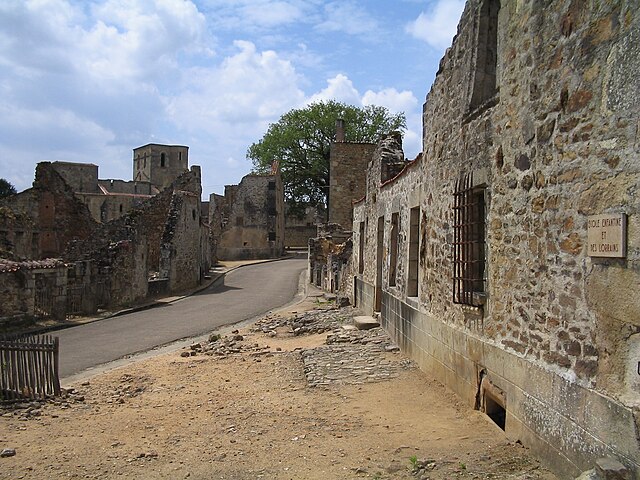Pierre Georges, better known as Colonel Fabien, was one of the two members of the French Communist Party who perpetrated the first assassinations of German personnel during the Occupation of France during the Second World War.
Pierre Georges
Commemorative plaque at 34 rue Gandon, 13th arrondissement de Paris, marking the command post of Colonel Fabien until the Liberation of Paris
The French Resistance was a collection of groups that fought the Nazi occupation of France and the collaborationist Vichy régime in France during the Second World War. Resistance cells were small groups of armed men and women who conducted guerrilla warfare and published underground newspapers. They also provided first-hand intelligence information, and escape networks that helped Allied soldiers and airmen trapped behind Axis lines. The Resistance's men and women came from many parts of French society, including émigrés, academics, students, aristocrats, conservative Roman Catholics, Protestants, Jews, Muslims, liberals, anarchists, communists, and some fascists. The proportion of French people who participated in organized resistance has been estimated at from one to three percent of the total population.
French milice and resisters, July 1944
The cemetery and memorial in Vassieux-en-Vercors where, in July 1944, German Wehrmacht forces executed more than 200 people, in reprisal for the Maquis's armed resistance. The town was later awarded the Ordre de la Libération.
Identity document of French Resistance fighter Lucien Pélissou
The ruins of Oradour-sur-Glane, in the Limousin region of the Massif Central






